Most of us think we know how to clean kitchen cabinets, but a closer look might tell a different story – and it could be a dirty one. While wiping down your countertops and rinsing the sink are likely already daily cleaning habits for you, kitchen cabinets often get neglected for much longer. The result is an icky film of grease, dirt and grime – but it’s actually easier than you think to get them (and keep them) clean with the right strategies. These cleaning tips will help you get your cabinets sparkling clean – on the inside and out.
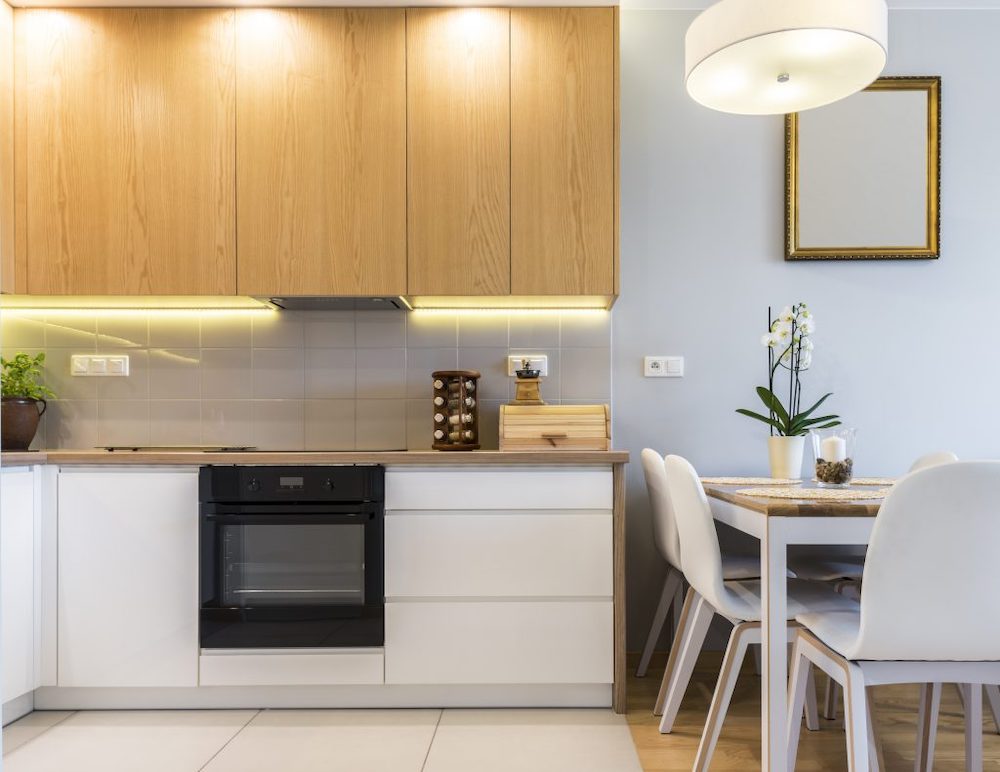
Countdown to Clean Doors
Cabinet doors take on the brunt of kitchen grime, so you’ll want to clean them regularly. Luckily, a weekly surface clean of kitchen cabinets should only take a few steps. First, apply your preferred cleaning solution (you can use a cabinet cleaning product, or a natural solution – more on that next!) and rub in circles to release any grime. Second, dampen a clean cloth with warm water to rub away the cleaner. Rinse your water cloth frequently to keep it clean. Third, use a soft, dry cloth to wipe cabinets dry – leaving them wet can cause damage over time.
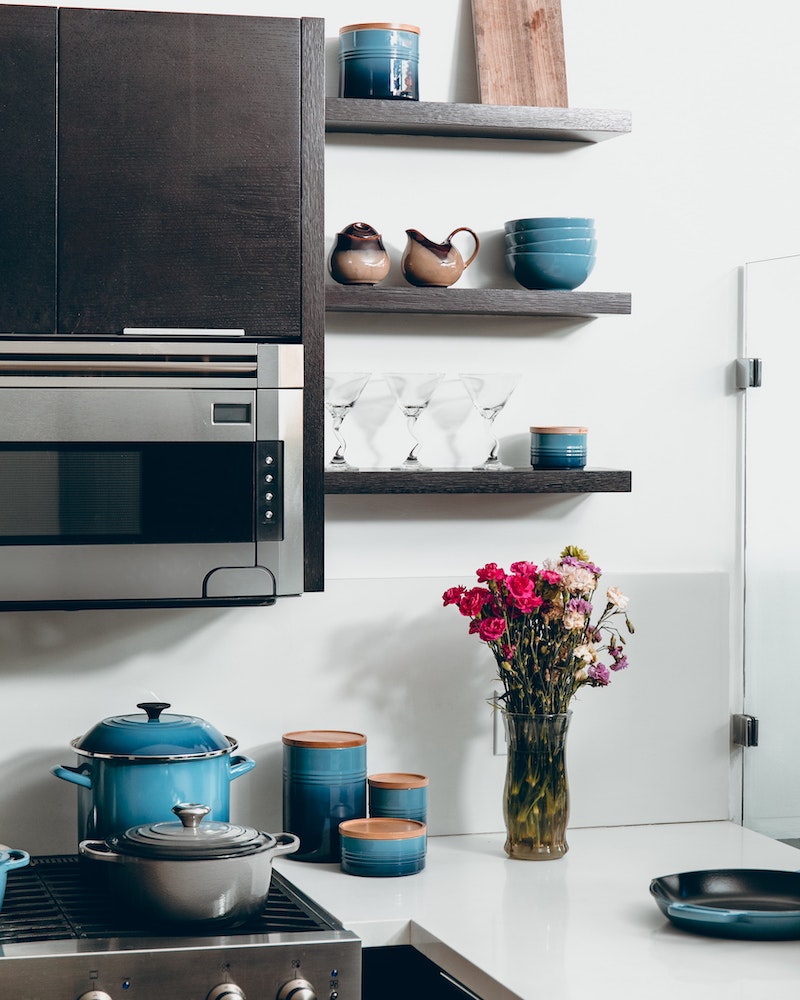
Vinegar for the Win
Cabinet doors are high-touch areas, which makes grease stains, fingerprints and other touch-based smudges super common – and leaving these materials on your cabinets for long can lead to lasting stains. The solution? Try this natural cleaning hack: make a 50-50 mix of water and vinegar and use it to dampen a soft cloth. Rub the damp cloth on stains (or all over) on your cabinet doors and then buff the surface clean with a polishing cloth. The vinegar makes for quick, easy and natural cleaning (that’s not overpowering). Is there anything vinegar can’t clean?

Have Baking Soda on Hand
Cooking can get messy, especially if you’ve got a taste for bubbling stews and saucy casseroles. If you notice a splatter stain on kitchen cabinets that are made from a porous material (such as wood), eradicate it as soon as possible – before it sets in – with the help of regular baking soda. First, wipe away any residue with a damp cloth. Next, create a paste of baking soda and water, and apply it to the stained area. Wait a few minutes to let the baking soda do its magic, and then wipe the paste away with a clean cloth. You can also use baking soda to add extra power to your natural grease-busting cabinet cleaner (here’s the recipe).

Inside Issues
Bad kitchen habits like dirty cabinets are about more than just aesthetics – they can affect your health, too. To keep your cabinets at their best, it’s smart to do a deep clean of your cabinet interiors a few times a year. Start by clearing out the contents – take the opportunity to get rid of anything that’s broken or no longer sparks joy. Next, clean all the interior surfaces (you can use the same vinegar solution from before) and make sure it’s completely dry before putting anything back inside.

Suck it Up
Most people think of scrubbing when it comes to how to clean kitchen cabinets, but don’t forget about your other trusty cleaning tools. Cabinet interiors tend to accumulate a lot of debris and crumbs, so a quick vacuum before you start wiping or washing can be a big time saver when you’re cleaning cabinet interiors. Your best strategy is to clear out your cabinets, then use the vacuum’s extension wand attachment or angle crevice cleaner attachment to suck up dirt and clear out any hard-to-reach nooks or crannies.
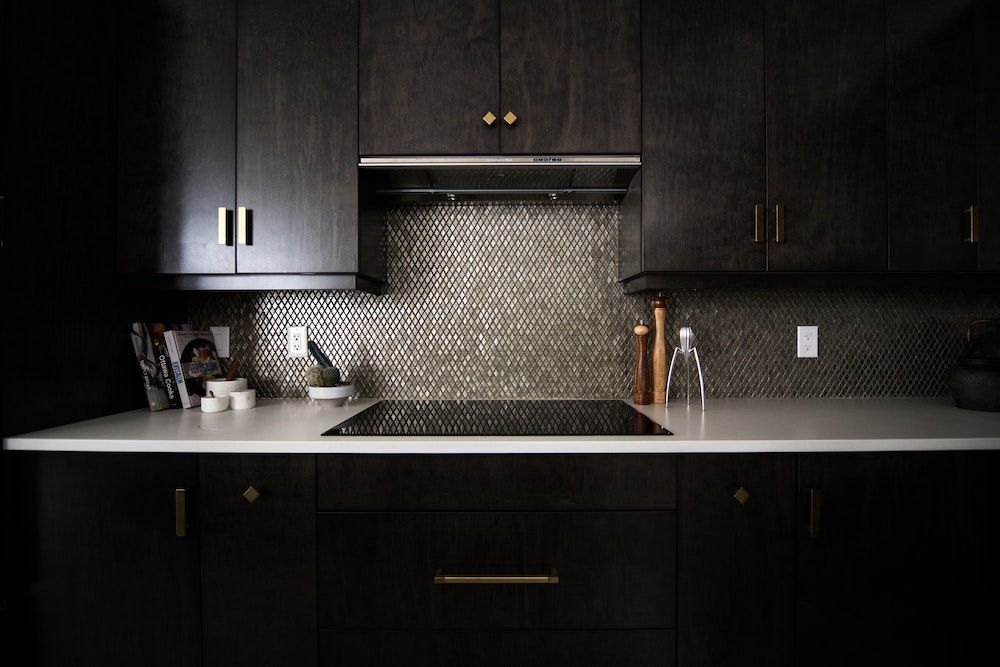
Think Top Down
Whether you’re cleaning the inside of your kitchen cabinets or you’re wiping down your cabinet doors, always work from top to bottom. This ensures you’re not accidentally dirtying an area that you’ve already cleaned, and having a structure to your cleaning method will help you tackle the task faster.
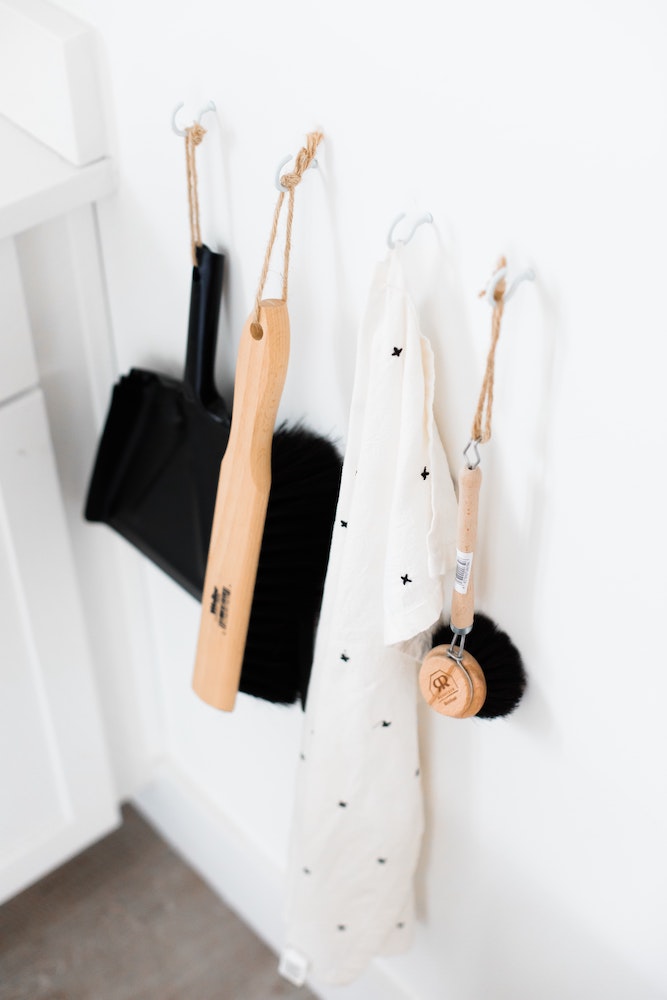
Wipe on, Wipe Off
While you don’t need any special gizmos or gadgets to keep your cabinets in tip-top shape, what you use to clean does matter. First of all, ditch any abrasive sponges (these can damage the finish of your cabinets); a soft cloth is likely your best bet when it comes to cleaning power that won’t scratch or scuff your cabinets, and a microfibre cloth will work best on glossy-finish cabinets. Also, while keeping your kitchen cabinets clean is important, avoid using a lot of disposable paper towels to do the wiping. Instead, consider a waste-reducing, money-saving alternatives to paper towels.
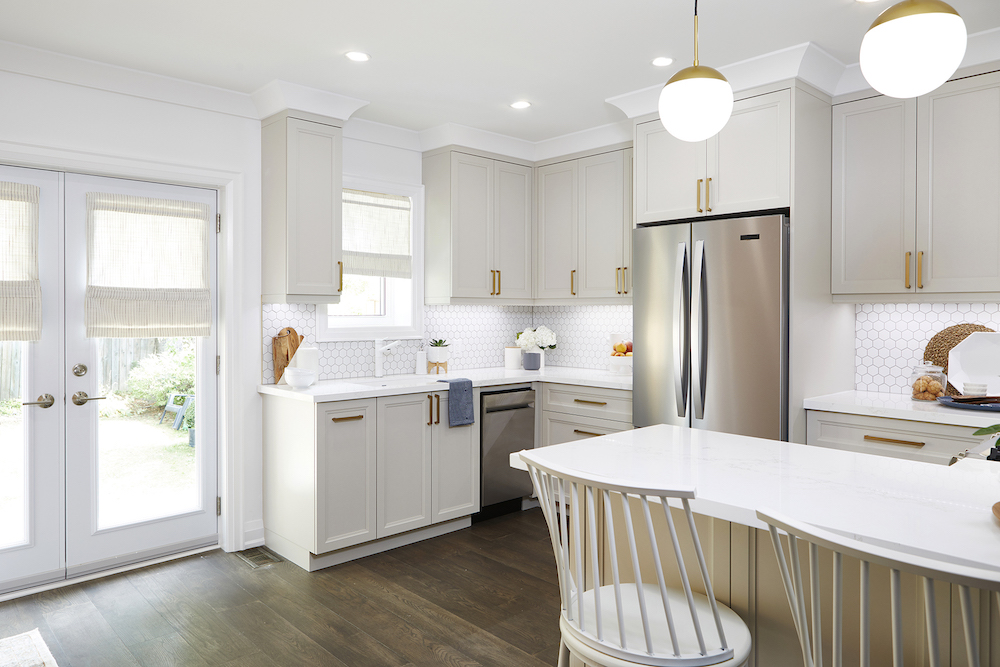
Preserve Your Precious Metals
Metallic cabinet hardware (like the gorgeous gold-tone handles Samantha Pynn and Sebastian Clovis used in this Save My Reno kitchen) is a big cabinet trend – it’s basically jewelry for your cabinets. However, these high-touch areas can get dull and dirty quickly. To help metallic pulls, knobs and handles stay clean and shiny, use a soft cloth to clean and polish them every time you wipe down your cabinet doors. If you know the exact metal and finish of your hardware, you can look for a specialized cleaning product. If not, mix up a non-abrasive vinegar-water solution to remove grime before polishing. Another tip? When you do a cabinet deep clean, remove your cabinet hardware and let it soak in a water-vinegar solution (you can throw in a few lemon peels for a fresh scent). It will be easier to scrub into any crevices, and you can give your cabinet doors a more thorough clean before you pop the hardware back on.

Set a Schedule
Once your kitchen cabinets are sparkling clean and sanitary, set a reminder to do it again – and be consistent. You don’t have to clean your cabinets every day, but a seasonal deep-clean inside and out and weekly exterior touch-ups should do the trick.
Home Network your inbox.
By clicking "SIGN UP” you agree to receive emails from Home Network and accept Corus' Terms of Use and Corus' Privacy Policy.




